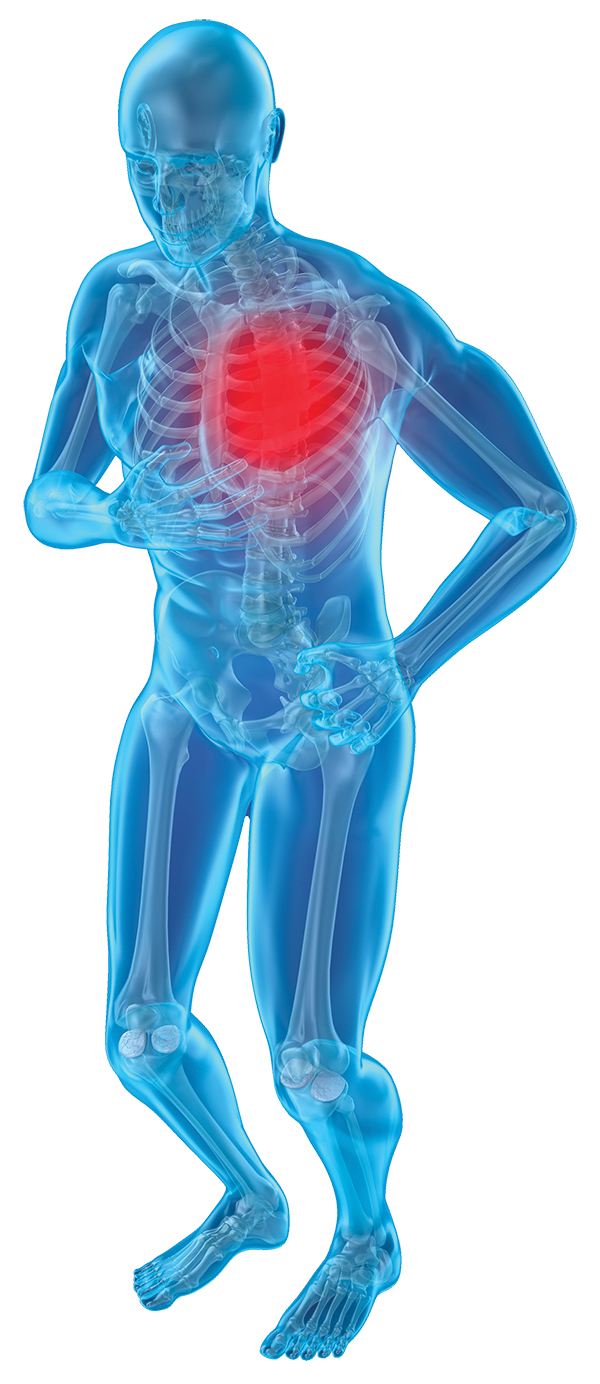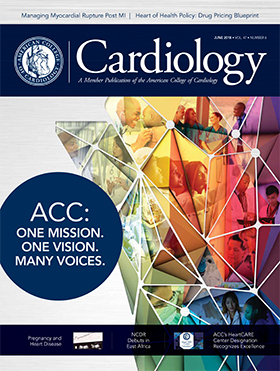Editor's Corner | Pulmonary Hypertension

In our usual experience in cardiology, we are confronted continuously with patients with coronary and valvular diseases, arrhythmias and hypertension, along with the need for therapy to lower the risk of ischemic heart disease. When a patient appears in our practice with a disorder related to right heart disease, our first instinct is to think of usual causes related to left heart disease until the clinical evidence points strongly to a right heart diagnosis.
We have moved from the broad diagnosis of pulmonary hypertension (PH) of 30 years ago to a more precise diagnosis with important classification of PH. The World Health Organization divides PH into five groups based on its etiology. This classification has led to a better understanding of the causes of PH and to the development of a variety of new therapies that have improved the outcomes of many forms of PH.
The most common form of PH is related to disorders of the left heart and is classified as Group II. For most patients, the detection of PH is related to a disorder of the left heart that either causes elevated left ventricular end diastolic pressure, such as a mitral or aortic valve disorder, or causes a reduction in left ventricular function due to left ventricular failure.
For cardiologists, managing the PH that accompanies left heart failure is an important component of overall management of the patient with left heart failure. This management can include medical therapy for idiopathic dilated cardiomyopathy, improvement of ischemia by coronary interventions and treatment of valvular heart disease to restore mitral or aortic function to normal.
In some patients, PH may persist after the valvular surgery and require follow-on therapy to restore right-sided pressures to normal and prevent right heart failure. Medical therapy in these patients can follow similar treatments for left heart failure – but a word of caution about sildenafil. Although sildenafil was thought to be a new therapy, in the setting of corrected valvular disease, it is detrimental to add it to lower pulmonary pressure after valve surgery.
In contrast, for primary PH (Group I), combinations that include sildenafil, bosentan and prostanoids have shown a positive effect on both long-term survival and quality of life in patients with this disorder. In many of these Group I patients, their first complaint is dyspnea. Other clinical findings may be more subtle but PH is always present – and usually of a severity that is detectable by physical examination. Thus, a patient who appears for the first time in the cardiologist’s office with the isolated finding of dyspnea should be evaluated for PH. This evaluation can be as simple as a careful evaluation of the heart sounds to detect an accentuated pulmonic second sound and distended jugular veins visible in the neck. An echocardiogram will usually confirm the findings. The evaluation then should proceed to a search for an etiology, a consultation with a cardiologist with expertise in managing PH and a plan of therapy.
Group IV pulmonary hypertensive disease (pulmonary embolic disease) is related to chronic thromboembolic PH (CTEPH). We’ve come to recognize this disorder that requires special expertise in both diagnosis and therapy of chronic thromboembolism. Therapy has progressed from intravenous anticoagulation to intravenous thrombolysis. Both remain important components of therapy for venous thromboembolism (VTE). Catheter-directed therapy for VTE has emerged as another tool to provide selective thrombolytic therapy to patients with acute pulmonary embolism. Restoration of pulmonary blood flow through chronically occluded pulmonary arteries using pulmonary artery stents has also shown promise in treating CTEPH.
These therapies are not without risk, as the newly opened pulmonary artery is prone to bleeding when the flow is restored to an occluded branch. Catheter-directed ultrasonic lysis of pulmonary thrombi and surgical embolectomy for selected patients with extensive chronic thromboembolic disease are becoming accepted therapies.
We’re in an era with a variety of new therapies for pulmonary hypertensive disease arising from a variety of causes, all of which require unique expertise, skill and training in interventional cardiology, and a strong partnership with our surgical colleagues when their expertise is the best choice of therapy.
As we move forward in the diagnosis and therapy of venous and pulmonary arterial disease, we see a number of new approaches to therapy. In the world of acute intervention, we can add acute interventional therapy with thrombolysis, stents and embolectomy. We can approach chronic venous insufficiency with new tools to restore pulmonary venous patency and lower pulmonary pressure with several new medications. All of these new therapies require a broad base of skills that can only be achieved through multidisciplinary teams who can tailor both acute and long-term therapy that is unique for each patient.

Alfred A. Bove, MD, PhD, MACC, is professor emeritus of medicine at Temple University School of Medicine in Philadelphia, and a former president of the ACC.
Keywords: ACC Publications, Cardiology Magazine, Pulmonary Artery, Ventricular Function, Left, Heart Sounds, Cardiomyopathy, Dilated, Venous Thromboembolism, Jugular Veins, Heart Valve Diseases, Aortic Valve, Prostaglandins, Instinct, Ultrasonics, Blood Pressure, Quality of Life, Hypertension, Pulmonary, Heart Failure, Sulfonamides, Heart Defects, Congenital, Heart Valve Diseases, Embolectomy, Myocardial Ischemia, Dyspnea, Arrhythmias, Cardiac, Hypertension, Thrombolytic Therapy, Pulmonary Embolism, Stents, Venous Insufficiency, Referral and Consultation, Patient Care Team
< Back to Listings

